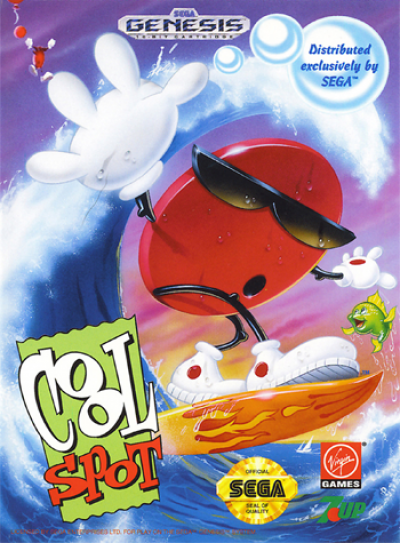
At some point, I will likely come back and replace the capacitors and address the hot resistor. There was a hot spot where a resistor had scorched the board, but after cleaning, I decided to leave the PSU alone for now. I opened the PSU and saw things were in relatively good order.
#1993 MAC EMULATOR FREE#
While the logic board was free of electrolytic caps, the power supply was not.

Such time bombs often leak and destroy nearby components with battery acid. The greatest danger to aging Macintoshes is the small lithium battery that preserves system settings. I was even happier when I removed the drive cage and saw an intact PRAM battery. Tantalums can short (sometimes violently), but they do not leak, and that makes them a welcome sight on any Macintosh logic board. While this computer was produced during the era of notoriously bad caps, Apple released a few systems with tantalum capacitors instead of aluminum electrolytic. I was pleasantly surprised when I opened the case and saw no electrolytic capacitors. While it’s possible to add a working drive, it is a challenge to find the matching front bezel. I won the auction with a reasonably-priced bid, and my only regret was its lack of a built-in CD drive. While looking for the highly-desired 700 or 800 models, I came across this 650, which looked to be in good condition. Important for its intended business use, the Quadra 650 also came with a built-in 10Mbps Ethernet connection.
#1993 MAC EMULATOR SERIAL#
Peripherals connect through two ADB ports, serial modem and printer ports, and an external SCSI interface. It has a floppy drive and SCSI hard drive, and like the IIvx, it could be outfitted with a built-in 2x CD-ROM. Maxed out, it can support an impressive 136MB of RAM (using the new-at-the-time 72-pin SIMMs) and 1MB of VRAM. The 650 provides three NuBus and one Processor Direct Slot. Thanks to the speed boost, the now-Quadra 650 rivaled and essentially replaced the Quadra 800. During the transition, the 650’s processor was sped up to an impressive 33MHz with an 8K level one cache. The Centris 650 was released in February 1993, but by October, the computer was renamed the Quadra 650.

Despite its obvious connection to the IIvx, Apple really hoped the 650 would replace the recently-retired but well-regarded Macintosh IIci. While the IIvx was outfitted with a 68030 processor running at 33MHz (though with a limited 16MHz bus), the Centris 650 sported the newer 68040 processor running at 25Mhz. Aside from its unique case, the IIvx was the first Macintosh with a built-in CD drive. The Centris 650 incorporated the case design of the short-lived Macintosh IIvx-the last Macintosh II. The brief Centris line only had three systems: the 610, the 650, and the 660AV. (At the same time, Apple created the Performa name for marketing directly to consumers through big-box retailers, but I’ll skip over that confusion.) To compete with the rise of Windows-capable PCs on business desktops, Apple added the Centris line in 1993, creating a mid-level between the Quadras and LCs. Then things got complicated.Īcross the Macintosh desktop lineup, the Quadras were Apple’s top-of-the-line systems, with the nostalgic Classics at the bottom and color LCs marketed for education and budget-minded consumers. Not long after, the 700 was replaced with the Quadra 800.

A few months later, Apple replaced the 900 with the larger and faster Quadra 950.

The 700 was housed in a case reminiscent of the IIcx and IIci, and the Quadra 900 was Apple’s first tower computer. In late 1991, Apple released the first two Quadras. I always admired the Quadra line and now recognize it was the high-water mark for twentieth-century Macintoshes. During the ‘90s, I supported hundreds of Macs at a small college, and I was lucky to use a Quadra 840AV regularly. The Macintosh Quadra holds a special place in my Apple history. But Motorola’s third-generation 68040–with its onboard cache, floating-point, and memory management capabilities–lifted Apple’s prospects and prompted a new line of computers: the Quadra. Motorola had kept pace early on, moving briefly from the 68000 to the 68020 then finding success with the 68030 chips, providing a migration path for the Macintosh, Amiga, Atari, and Sharp systems. Intel was establishing its dominance thanks to its 80486 processor. In the early 1990s, the processor wars were heating up.


 0 kommentar(er)
0 kommentar(er)
